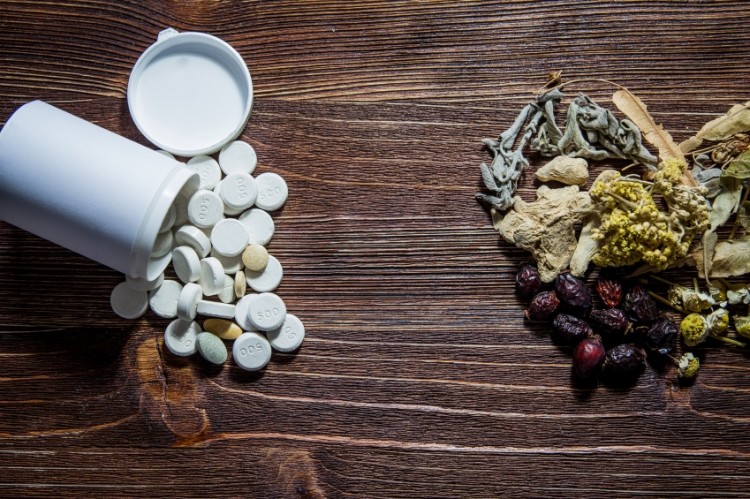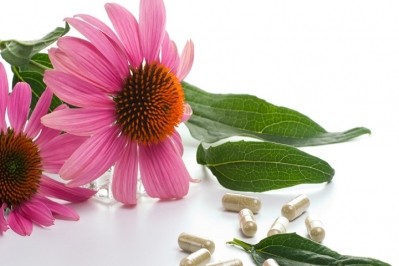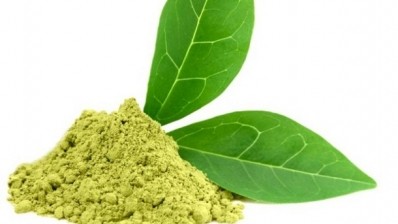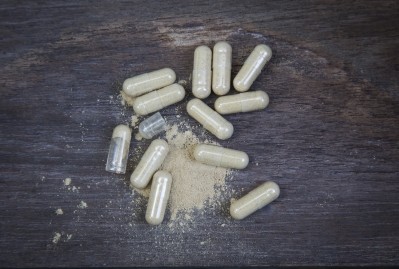GRAS route will still be popular with hard line taken in NDI draft on synthetic botanicals

Synthetic forms of natural compounds have been on the market for years. First to be developed were synthetic vitamins, and those have long been specifically allowed under federal law. Vanillin has long been offered in synthetic form as a lower cost alternative to ingredients derived from the vanilla bean. Later, chemists started to look at developing synthetic versions of bioactive compounds that have promising health benefits but are present in natural sources such as herbs or other plants in such trace amounts that they most likely could never be commercially viable. This development has been pursued for pure cost reasons as well. Recent examples include DSM’s synthetic resveratrol and astaxanthin and ChromaDex’s pTeroPure synthesized pterostilbene.
Hard line continues
The first version of the NDI draft guidance, issued in 2011, came down hard on the subject of what the agency called synthetic botanicals (a term that has since lost favor within the industry). The agency took a strict, legal reading of the language in DSHEA, and concluded that since the actual compounds in question came from a test tube or petri dish and not from a leaf, stem, fruit or root, they were never part of the plant and therefore do not qualify as dietary ingredients, no matter how similar they might be in chemical structure. At its core, the new guidance takes the same stance.
“A substance that has been synthesized in a laboratory or factory has never been part of an herb or other botanical and, therefore, is not a dietary ingredient,” the agency wrote.
More qualifying circumstances offered
But the agency provided some wiggle room that it did not in the 2011 version. The new draft guidance says that synthetic versions of natural compounds that have a history of use in the food supply could qualify as dietary ingredients. Two examples given in the guidance are vanillin and cinnamic acid. The agency also said that metabolites of dietary ingredients can be chemically synthesized and still be considered dietary ingredients so long as the starting material was a dietary ingredient.
“A metabolite may be synthetically produced, provided that the starting material is a dietary ingredient and the production process mimics the metabolic process in the body following ingestion,” the guidance reads.
Flanking march via GRAS
The new draft guidance does still proffer the same pressure release valve that the 2011 version did, that being the exemption for GRAS ingredients. If the ingredient has been judged to be GRAS (whether via self-affirmation or via a no objection letter from FDA) it is not subject to the NDI filing requirement. It’s a window of opportunity big enough to drive a bus through, and many companies have merrily taken that route. Both DSM and ChromaDex have self-affirmed GRAS status on their synthetic ingredients, DSM with ResVida (its synthetic resveratrol) and ChromaDex with pTeroPure. It has become a way for ingredient suppliers to make something of a flanking maneuver around the agency’s entrenched position on synthetic ingredients.
And it’s one that doesn’t make perfect sense, said Michael McGuffin, president of the American Herbal Products Association. McGuffin emphasized that there has been significant progress in the latest draft; in particular he was pleased to see changes that removed the potential burden on a company marketing a new product with something that clearly was in the market pre-DSHEA, (camomile, for instance) to prove that it was in fact an Old Dietary Ingredient. He also lauded the inclusion of the concept of Master Files for ingredient submissions, something which could both smooth the process of new submissions and protect the intellectual property of those companies that have already submitted.
But on the subject of nature-identical compounds, McGuffin said that the agency’s continuing intransigence on the subject will continue to push companies toward the self-affirmed GRAS route. And that’s not necessarily a step forward for consumer safety, he said.
“For FDA to continue just to say they are not dietary ingredients is something of a missed opportunity,” McGuffin told NutraIngredients-USA. “If the purpose of the guidance is to ensure that FDA is seeing the best safety information, they’re setting up a situation where that won’t happen. In one case FDA will see the safety information (via an NDI Notification) and in the other case (a GRAS self-affirmation) they won’t.”
What does being in food mean?
There are other conundrums in this approach, too. Still left undefined is the question of what it means for an ingredient to have been “introduced into the food supply.” The rules around GRAS submissions were not written with the idea in mind that suppliers would be using the process to validate ingredients that might be inappropriate for use in conventional foods and their main goal was to place them into supplements.
“I applaud that they’re making this explicit. This clearly invites that if you have a synthetic, nature-identical ingredient that you should go the GRAS route,” said attorney Marc Ullman, of counsel with the law firm Rivkin Radler.
“What they don’t have is any discussion on what ‘present in the food supply’ means, which is problematic. If I have an ingredient that has very limited potential use in food, and I put it into 100 nutrition bars that taste terrible and I put them in my company cafeteria and I make my employees eat them, does that qualify?” he said.
GRAS system hums, NDI sputters
McGuffin said the GRAS discussion brings up an issue which has been festering in the ingredient development sphere for some time. The GRAS process has been working without significant glitches, whereas the NDI process has not.
“What’s happened is the NDI process is not working well and companies are being advised by counsel just to avoid it altogether. There’s a better route, and it’s called GRAS self-affirmation,” he said.
McGuffin said that the common notion in the industry is that a GRAS self-affirmation will only take you so far, and if you want to work with the GNCs, Vitamin Shoppes and Herbalifes of the world, you’ll need to take the extra step of submitting your safety information to FDA. But on the GRAS side, that has proved to be less onerous.
“The FDA is quite professional in their GRAS office. The professionals who have that assignment are viewed in the trade as very qualified and very highly motivated to keep the system running smoothly,” he said.
Putting a GRAS ingredient onto the market does not necessarily mean that it is dicier than one that has gone through a formal NDI review. In theory, it could mean it has been vetted even more carefully, said attorney Ivan Wasserman, who is a managing partner with Manatt, Phelps and Phillips.
“It makes sense from a safety perspective if everyone is doing things correctly because GRAS is a higher safety standard, and it requires the safety information a company relies on to be public,” he said.
Higher dosage could mean an NDI notification
Another addition to the GRAS discussion in the present guidance is that there is a little more specificity on the relative dosages between the use of an ingredient in a food and the placement of the same ingredient into a supplement. This was up in the air in the 2011 version, but the present draft spells out that if the daily intake for a supplement application would be the same or lower as with the food application, the same safety information applies. If you plan to offer a higher dosage in a supplement, the agency said new safety information most likely would need to be submitted.
“They have put dosage as another criteria as something that could constitute an NDI,” said Stefan Gafner, PhD, chief scientific officer for the American Botanical Council. ABC generally has as its mission to foster the understanding of and research into botanicals, and is not in the business of promoting ingredients per se. But Gafner said he could see the point that synthetic substances could have a place in the market.
“I don’t think we have an overall view as an organization on these ingredients. I’m kind of in flux, because on the one hand some of these natural products could be useful, but if they are present in trace amounts you’d need to extract so much of the raw material that the synthetic might be more environmentally sustainable,” he said.
To read a full version of the updated draft guidance on New Dietary Ingredient Notifications and Related Issues, click here.
















